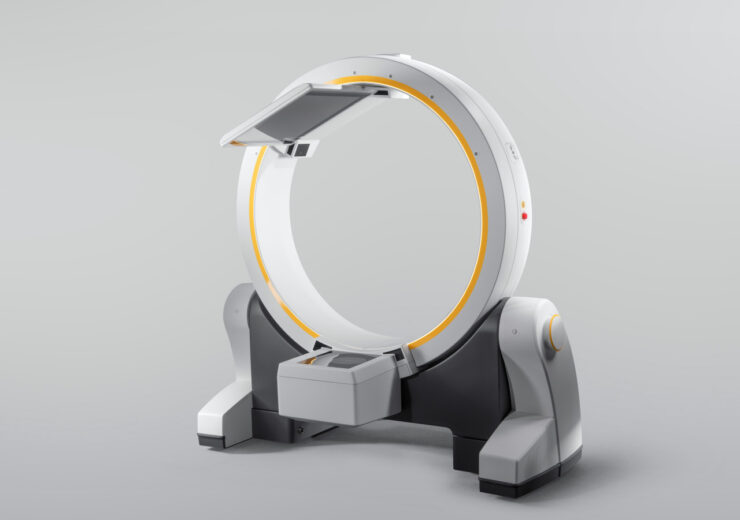Loop-X is said to be the first fully robotic intraoperative imaging device on the market while Cirq is a robotic alignment module for spine procedures

Loop-X is the first fully robotic mobile intraoperative imaging device. (Credit: Brainlab.)
German medical technology firm Brainlab has secured the US Food and Drug Administration (FDA) approval for both Loop-X Mobile Imaging Robot and Cirq robotic surgical system.
The FDA approval follows the CE mark approval granted last year. It also enables Brainlab to enter the US markets with its new products.
Cirq is a robotic alignment module for spine procedures, and Loop-X is the first fully robotic intraoperative imaging device on the market, said the company.
Brainlab president Sean Clark said: “We’re expanding and diversifying our digital surgery portfolio with robotics across all indications.
“Our customers want to offer their patients advanced technologies close to home. Brainlab technologies are designed to enable greater freedom for clinicians and enhance outcomes for patients.”
Brainlab designed Loop-X to work with its entire portfolio of digital surgery or with customer’s existing surgical setup.
The system features independently moving imaging source and detector panels to facilitate flexible patient positioning and non-isocentric imaging to reduce radiation exposure and increase the several indications to be treated.
The mobile imaging robot is capable of being wirelessly controlled using a touchscreen tablet.
Brainlab has developed the Loop-X under collaboration with industry partner medPhoton, based in Salzburg, Austria, where the first Loop-X was installed.
The new Cirq Robotic Alignment module is capable of fine-tuning the alignment to a pre-planned trajectory and help surgeons focus on the patient’s anatomy.
Surgeons at UK’s Royal London Hospital have already deployed Cirq Robotic Alignment for several cases ranging from routine lumbar fusions to complex deformity and cervical fractures.
The company claimed that its new robotic medical devices bring a futuristic vision of the modern digital operating room closer to reality, and support surgeons in their routine, to benefit their patients.
